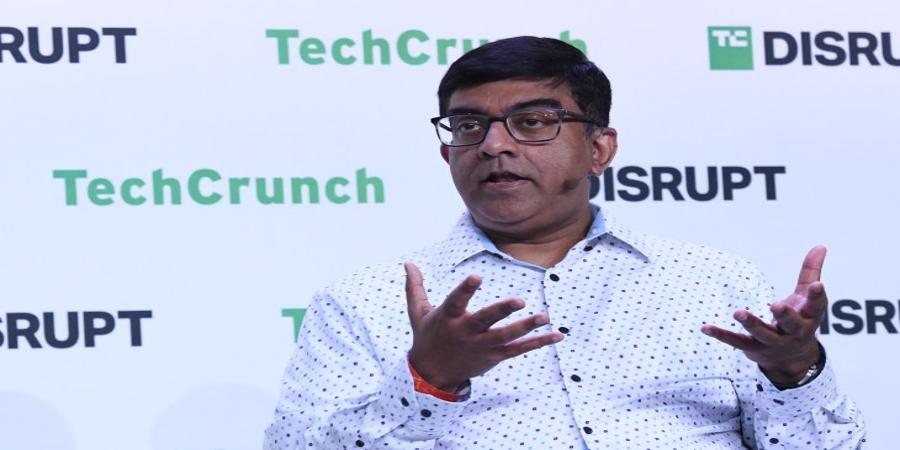“I’m responsible for all of engineering at Atlassian,” Rajeev Rajan said in our interview onstage at TechCrunch Disrupt last week. His goal — and that of the two CEOs at the top of the firm — is to create one of the top tech companies at the world. Great. So how do you do that?
Rajan explains that a key part of the approach since his appointment a year and a half ago is to enable “developer joy.” Atlassian created a company-level OKR (objective and key result) to track the joy across the company — which is just as important as company revenue goals. He said developer productivity is boosted by having awesome tools, having empowered tools, and creating an “amazing engineering culture.”
The company had a ways to go on that front. When Rajan joined, the company did a survey and asked if developers felt productive. Less than half the company said yes, a number that has since climbed to above 70%, Rajan says.
“Coding is part science and part art. You need to feel excited about what you’ve created. And the things that come in the way of that joy is when you have friction. When you’re writing code, you get stuck, you need help from somebody else in a different time zone. You don’t know how to connect and then you stop. So we’re focused on the things that cause developers to get blocked, and how you unblock them.”
Atlassian just completed a project to move all of its tools fully into the cloud, as opposed to the on-premises hybrid it had utilized before. Most other companies had a head start on Atlassian on that front, but Rajan has some experience in that area. At Microsoft, he was part of the team to take Office 365 to the cloud, for example.
“When I came to Atlassian, we were a little late relative to maybe Microsoft but making good progress,” says Rajan.
A big part of the job was refocusing. Atlassian laid off a chunk of its workforce earlier this year, and the company’s CTO sees that as an opportunity to pull back in some places, while focusing more on other areas — like AI.
“We announced Atlassian intelligence at Team 23, which is our annual conference. We did a partnership with OpenAI and we’re really focused on how do you get teams to be more productive through AI,” says Rajan. “The second aspect is using AI for our own engineering. Our developers are using different kinds of coding assistants. I think what AI coding assistants do is they take some of that drudgery away from you so that you can focus on the most creative aspects of writing code and building things and so on. And so it’s really exciting to see that come into play. And we are really excited by the productivity gains we get from AI, you know, coding assistance.”
At Atlassian, a part of the focus is to retain the values that have been part of the 20-year company, but figuring out how the culture evolves.
“Culture is the most important thing when you’re trying to scale, when you’re trying to get to the next level,” Rajan explains. “And I realized it’s important not to change the values. We have some really good values at Atlassian. One of the values is an open company, no bullshit. You know, we are very open about how we talk and bring things out. And that’s really important to have that dialogue going.”
Things can move too slowly in big companies because products and decisions have to move through too many people. By empowering people to make decisions, you can keep things moving and, consequently, ensure people remain engaged and excited about their work because they see it coming to fruition and being deployed.
“Move fast, and don’t break too many things,” Rajan quips.
The pandemic accelerated Atlassian’s focus on remote work — the company has a remote, distributed team and they have no intention of changing that.
“We are completely remote/distributed. We do have offices, and we do something called International Togetherness. The human connection is super important,” says Rajan.
You can see the full interview here:
Source @TechCrunch



